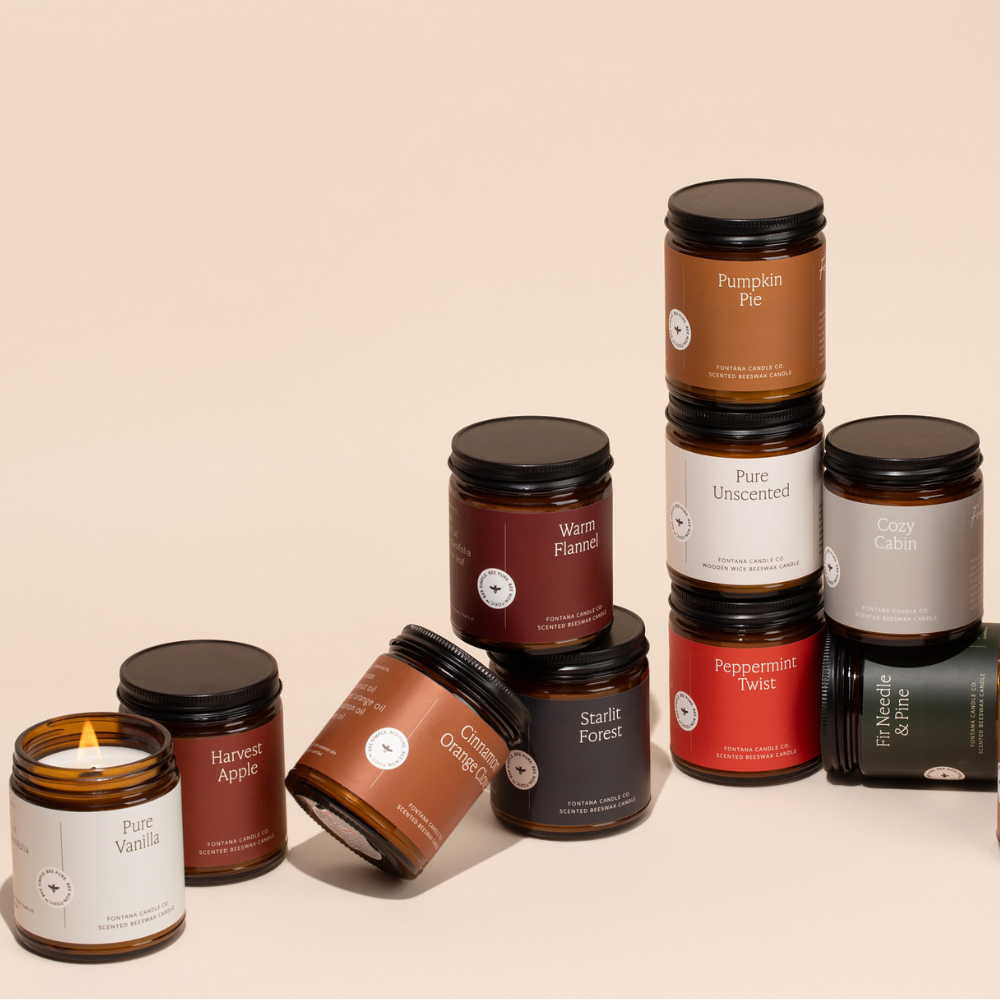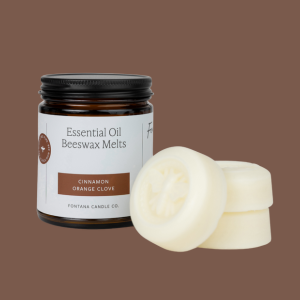Gas Stoves & Steps to Cleaner Indoor Air

Did you know that using a gas stove in your home could be impacting your indoor air quality? Many households rely on gas stoves for cooking without realizing that harmful emissions can linger even after cooking is done. While turning on the overhead fan may seem like enough to clear the air, studies suggest that additional steps might be required to ensure the air in your home remains clean and healthy.
This post will explore the potential risks associated with gas stoves, the pollutants they emit, and actionable steps you can take to improve the quality of your indoor air. Whether you're a homeowner or renter, these tips will help you breathe easier.
Why Gas Stoves Pose a Risk to Indoor Air Quality
Gas stoves are a popular choice for many households due to their efficiency and precise temperature control. However, they can be a hidden source of indoor air pollution. When used, gas stoves release various harmful gases, including:
-
Carbon monoxide (CO): A colorless, odorless gas that can be dangerous in high concentrations.
-
Nitrogen dioxide (NO2): A respiratory irritant known to trigger asthma and other breathing issues in adults and children.
-
Methane: Even when gas stoves are turned off, small amounts of methane, a potent greenhouse gas, can leak into the air.
These pollutants can accumulate indoors, especially in poorly ventilated spaces, leading to respiratory problems and other health concerns over time. According to research, nitrogen dioxide exposure can irritate the airways and may contribute to the development of asthma in children. While the health impact of gas stoves is still widely debated, taking precautions to maintain clean indoor air is a wise choice for any household.
5 Essential Steps to Keep Indoor Air Clean

Fortunately, there are simple yet effective measures you can take to reduce indoor air pollution caused by gas stoves. Whether you're cooking up a storm or just maintaining your home, these tips will help you minimize exposure to harmful pollutants:
1. Change Air Filters Regularly
Air filters are a lifesaver when it comes to removing harmful particles from the air. Over time, these filters can become clogged, reducing their effectiveness and causing particles to recirculate indoors. To keep your indoor air clean, make it a habit to:
-
Check your filters every 1-3 months, depending on usage and local air quality.
-
Replace filters in heating, ventilation, and air conditioning (HVAC) systems as recommended by the manufacturer.
Clean filters not only improve airflow but also help protect you from breathing in trapped pollutants.
2. Invest in an Air Purifier
If you're serious about improving indoor air quality, consider investing in an air purifier. Air purifiers work by removing particles and allergens from the air, including those emitted by gas stoves. At Fontana, we trust AirDoctor for its ability to effectively clean household air.
While an air purifier is an upfront investment, it’s a worthwhile one for your long-term health and comfort.
3. Open Windows for Ventilation
Good ventilation is key to reducing indoor air pollution. Opening your windows allows fresh outdoor air to flow in while letting indoor pollutants escape. However, timing matters:
-
Only open windows when outdoor air quality is good. Check air quality levels through reliable apps or government websites, especially during wildfire seasons or high-pollution days.
-
Combine open windows with running your kitchen exhaust fan to maximize ventilation while cooking.
Remember, proper ventilation is your first line of defense against lingering pollutants in the home.
4. Add Air-Purifying Houseplants
Who knew that houseplants could double as natural air purifiers? Not only do they beautify your living space, but certain plants can also absorb toxins through photosynthesis. Consider adding the following plants to improve air quality:
-
Peace Lilies: Known for filtering VOCs (volatile organic compounds) and increasing humidity levels.
-
Aloe Vera: Absorbs carbon dioxide and releases oxygen at night, making it ideal for bedrooms.
-
Snake Plants: Easy-to-care-for plants that improve oxygen levels indoors.
While houseplants aren't a replacement for mechanical air purification systems, they are an affordable and environmentally friendly way to support cleaner air.
5. Keep Your Home Clean
A clean home is a healthier home. Regular cleaning not only reduces visible dirt and dust but also eliminates toxic particles that accumulate over time. Here’s how you can keep your home pollutant-free:
-
Vacuum frequently using a vacuum cleaner with a HEPA filter to minimize dust and allergens.
-
Wash bedding regularly to remove trapped particles and allergens.
-
Use natural cleaning products free from harsh chemicals that can exacerbate indoor air pollution.
Consistency is key here. Schedule a regular cleaning routine to ensure you’re tackling pollutants effectively.
Additional Tips for Gas Stove Users
-
Use the back burners more often than the front ones. Back burners are closer to the exhaust fan, making them more effective at directing pollutants outside.
-
Always turn on your exhaust fan when using the stove, and leave it running for a few minutes after cooking.
-
If you don’t have an overhead vent, consider using a portable fan to improve air circulation.
By combining these simple practices, you can significantly reduce your exposure to harmful pollutants from gas stove usage.
Breathe Better, Live Better
Gas stoves might be a part of your everyday life, but with a few strategic changes, they don’t have to compromise your indoor air quality. From replacing air filters and improving ventilation to adding houseplants and investing in air purifiers, these steps will help make your home a healthier, safer environment.
At Fontana, we’re passionate about clean indoor air and the positive impact it has on your health and well-being. If you’re looking for tools to improve air quality in your home, we recommend starting with an air purifier. Don’t wait to invest in cleaner air—for yourself, your family, and your peace of mind.
*Transparent talk! Since we love these brands so much, we may have an affiliate relationship with them. If you make a purchase through the above links, we may earn a small affiliate commission. There is no additional cost to you.
The Health Risks of Gas Stoves Explained | Scientific American

































